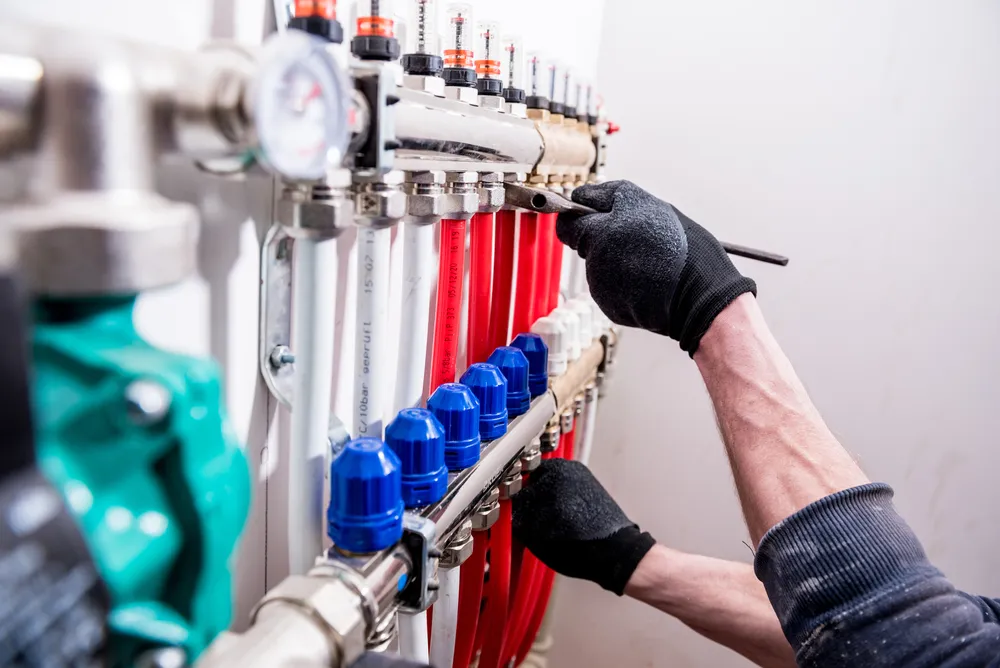
It's a truly unpleasant experience to arrive home after work or to wake up on a frosty morning to discover that your central heating isn't working. This can not only lead to discomfort, but it can also pose a threat to health, especially if you have young children or elderly relatives living with you. In this blog post, we'll explore some ways you can troubleshoot your central heating system by yourself to get it working again.
Verify the thermostat
The initial step is to check your thermostat. Ensure it's set to the desired temperature and is operating correctly. If the thermostat isn't functioning, you may need to replace it.
Verify the power
If the thermostat is functioning as expected, the next step is to check the power. Ensure that the power switch is on and that the circuit breaker hasn't tripped. If it has tripped, reset it and attempt to switch the heating system back on.
Verify the pilot light
If your central heating system has a pilot light, verify if it's lit. If it's not, reignite it according to the manufacturer's instructions. If the pilot light refuses to stay lit, there might be an issue with the gas supply or the thermocouple, requiring professional assistance.
Verify the air filter
A congested air filter can disrupt the functioning of your central heating system. Inspect the air filter and replace it if it's dirty. This should be done at least once a year, or more frequently if you have pets or reside in an area with high levels of dust and debris.
Verify the ductwork
Next, you'll want to inspect the ductwork. Ensure the vents are open and unobstructed. If you notice any damage or leaks in the ductwork, it's crucial to have them repaired promptly to prevent further issues.
Bleed your radiators
If your central heating system is functioning but not providing sufficient heat, it might be because air is trapped in the radiators. This can inhibit the circulation of hot water, reducing the system's heating efficiency. To rectify this, you'll need to bleed the radiators by opening the valve at the top to release any trapped air. Be sure to have a container ready to catch any water that may escape during this process.
Verify the boiler pressure
If your central heating system still isn't working, it might be due to low boiler pressure. Inspect the pressure gauge on the boiler and ensure it's within the recommended range. If the pressure is too low, you may need to top up the system using the filling loop.
Verify the condensate pipe
If your central heating system includes a condensate pipe, inspect it to see if it's blocked. A blocked condensate pipe can cause the system to shut down. To unblock the pipe, you'll need to remove the obstruction using an appropriate tool or seek the help of a professional.
Know when to call a professional plumber
If you feel at all unsure about any of these steps or would just rather have the peace of mind of having it all taken care of by a professional, don't hesitate to give us a call. Our plumbers are happy to assist with all your central heating emergencies. Schedule a visit today.

![Logo for [object Object]](/images/logo/text.svg)